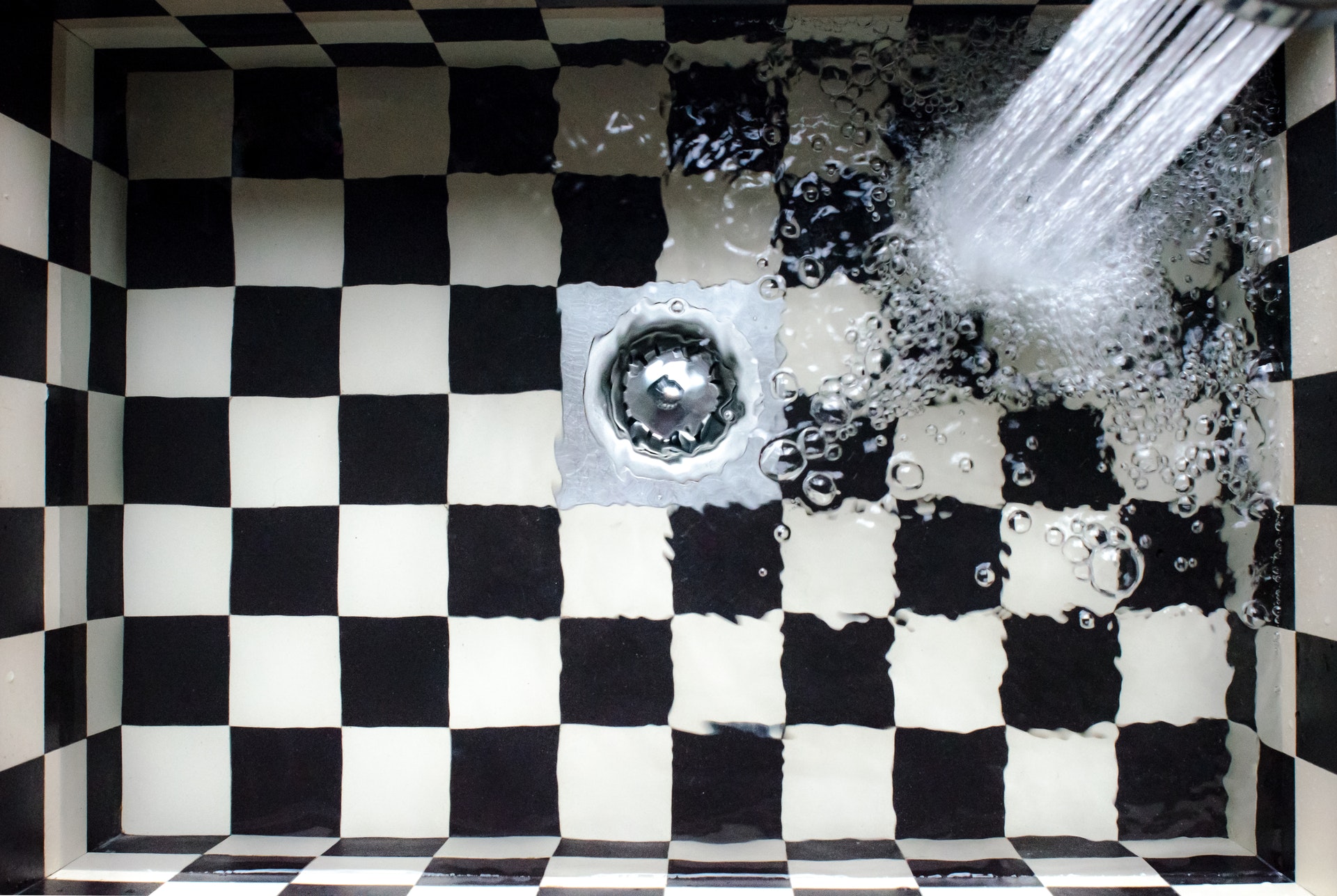People frequently overlook floor waste trap in the house of the indoor plumbing system. Commercially floor waste traps are commonly placed on the floor in baths, kitchens, washing rooms, cellars, or anywhere that place is an opening of water running out on the floor where it can make damage or an unsafe condition.
These floor waste traps are frequently ignored, just as these fixings are blotting out in plain sight. Floor waste traps do not need a lot of attention as we never look to utilize them. They only come into being when a gutter or sink overflows, and so we require that drain to bear away the water prior to it becoming harmful. A lot of issues with floor waste traps can be kept off with a few pre-planning and mere care. Abiding by these comfortable maintenance jobs will assure that your floor drains will do their line of work when you require them to and keep deluging and the pricey water damage left alone.
Table of Contents
Fill up traps frequently:
Indoor floor waste trap catch overflow from sinks, gutters, tubfuls, hot-water tanks, washers, and so on. Outdoor floor waste trap rapidly moves water aside from surfaces during and later gravid rainstorms. Whether inside or outside, floor drains are planned to expeditiously and safely lead water to a gutter or municipal storm drainage and then that the floor rests dry and rooms do not flood. Traps intend to keep gutter smells and gasses from creating their way by the drain and into your house. Be sure to fill or bloom these traps on a regular basis to assure they are full of water and acting as they had better – simply decant a gal of water down each floor drainage to hold it set. This is as a well good drill to ensure you that the drainage line is open up and water flows by it also. The water will fill the trap, making a roadblock between your house and your sewage system.
Clear up blockage at once:
A lot of different sorts of junk accumulate on your surface, from pet hair to debris bunnies. All the junk runs the chance of possibly clogging the floor drainage. The 1st sign of drainage choking off is if it is running out slowly. If you catch up with the clog early, clear it as shortly as conceivable to bring down the chance of flooding. Generally, a couple of solid tickers with a diver can clear up that small clog. If not, try gushing a solution of bicarbonate of soda and vinegar down the drainage. If you have a drainage wimble, feed the cable into the drainage till you cope with resistance, and then turn the wire and try to bobbin back whatsoever is choking the drainage.
Clear your drainage on a regular basis:
Leastwise, at one time each quarter, assure your drainages for junk and clean them. If required, utilize a safe liquid drainage clearer or, if your drainages have not been cleansed in a long time, have a professional pipe fitter do the chore for you. It is as well an excellent thought to schedule professional drainage clean-ups per year to keep chokes and hold your drainages running.






